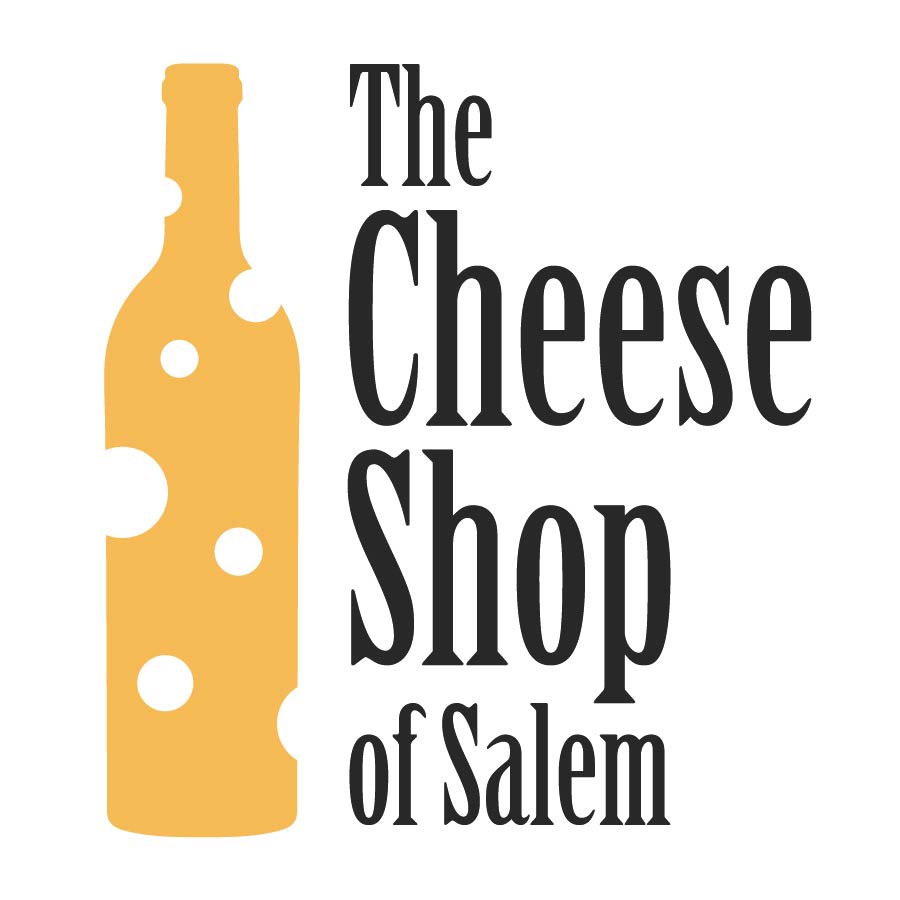Sherry & Port
Free tasting | Saturday, January 12, 2019 | 4-6PM
Sometimes our customers hover around our port and sherry bottles with wonder and they’ll ask a common question: ‘What is port/sherry and what do I do with it?’ It’s a great question with so many delicious answers!
Port and sherry are fortified wines, which means that they are made from fermented grapes that add a distilled spirit, like brandy. This process has been around for hundreds of years and hail from two spectacularly beautiful areas in Portugal and Spain. Port can only be made in a 70-mile stretch in the Douro Valley in Portugal that is full of green hillsides so steep that until the 1950’s grapes had to be transported by boats down rivers to be vinified. Nowadays, brave souls risk driving in trucks down these dangerous cliffs. Sherry, meanwhile, hails from the most gorgeous sun-soaked beaches in the southwest region Jerez in Andalucia, Spain. The name sherry comes from a repetitive butchering from British importers of Jerez (‘hare-ETH’) which eventually evolved into ‘SHER-ee’.
If you ask most people how sherry is made, you’ll get some confused head scratching in response – rightfully so, because sherry has one of the most labor intensive and intricate wine processes out there! The agingprocessis the golden ticket to the complexity and elegance of Sherry. There are seven different styles of Sherry that all have their own traditional aging processes but all can only be made with the same three grapes: Palomino, Moscatel, and Pedro Ximénez. All of the respective styles go through the following steps:
1) The grapes are crushed and the juice is fermented in stainless steel or cement tanks before being fortified with spirits.
2) This wine is then set aside in a barrel to age for a year before it is then put into a network of barrels called Solera system.
3) These barrels can be up to 14 barrels high and together create the complex Solera systemwhere the wine is aged and combined with other barrels from other harvests.
4) For a Sherry to be as nutty and bewitching as it is, the aging processhas to be so involved that sometimes a winemaker doesn’t know how old a certain batch of Sherry is!
So port is all about the vocabulary: aged tawny, premium ruby, late bottle vintage, and colheita. There are ten different styles of port have their own aging requirements but for the tasting on Saturday we’re going to focus on fine ruby, tawny, and white port…why yes, there is such a thing as white port!
But back to basics – let’s start in the Douro Valley where ruby and tawny port can be made from eighty different varietals! Some of the most popular grapes used in port are Touriga Nacional, Tinta Barroca, and Touriga Franca. For white port, the grape varietals used are Gouveio, Malvasia Fina, and Visosinho. Until the 1960’s, grapes after harvest would be crushed by foot in troughs called lagares. Workers would tread in thigh high soupy masses of grapes for several hours at a time. A few port houses still use this crushing method but most have switched to machinery. The grapes then macerate in a tank for a day before fermentation begins. In the middle of fermentation, clear brandy is added which causes the yeasts in the wine to die. After this the process alters with aging depending on what type of Port it is.
Hope to see you at the tasting this Saturday – come experience port and sherry!
NV Quinta Seara d’Ordeans White Port (Douro, Portugal) | Many have yet to discover the wonders of white port! It’s less common than tawny and ruby but just as tasty. This one is a blend of the grapes Fernão Pires, Cercial, Malvasia-Fina and Gouveio Real and was aged in a mixture of used oak barrels and stainless steel vats. It has round notes of honey, spice, almonds, and pear! Have a glass of this alongside Marcona Almonds for a merry time.
NV Quinta Seara d’Ordeans Fine Ruby Port (Douro, Portugal) | Ruby port is a classic; just grab some creamy blue cheese and you’ll have an enviable morsel! This is from a blend of grapes that include Touriga Nacional and was aged for 3 years. It has luscious notes of juniper, dried plum and figs.
Sherry during the aging process.
NV Quinta Sears d’Ordeans Fine Tawny Port (Douro, Portugal) | While older tawny ports get their signature amber-brown color from aging, a young tawny achieves this beautiful hue by winemakers choosing lighter hued grape varietals and shorter fermentation lengths than ruby port. This delicious tawny was aged for over two years and has notes of caramel and fig. Have this with a slice of apple or pecan pie!
NV Bodegas Grant Fino ‘La Garrocha’ (Jerez, Spain) | This type of sherry is called a Fino and is known for being floral and dry with a touch of nutty sweetness on the finish. It was aged for three years in the Solera system. Pair with olives or gazpacho. Sherry is also a great addition to cocktails! Here is an awesome cocktail that uses a Fino Sherry: https://punchdrink.com/recipes/orchid-thief/
NV Bodegas César Florido Cruz del Mar Amontillado (Jerez, Spain) | Amontillado, this style of Sherry, is aged even longer than Fino sherries. After being aged for eight years in the Solera system this sherry has deep piercing salty and earthy notes. Pair any Amontillado with paella or mushroom risotto. Here’s an excellent recipe that uses an Amontillado Sherry: https://punchdrink.com/recipes/up-to-date-cocktail/



